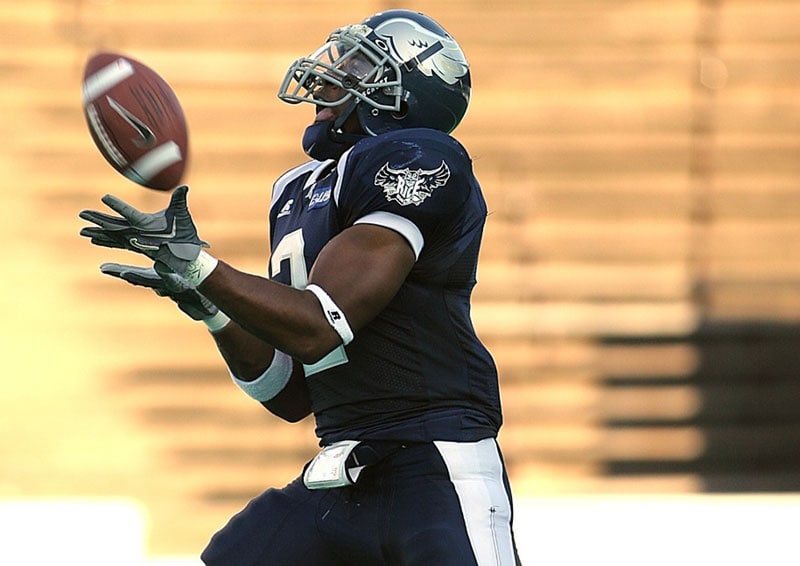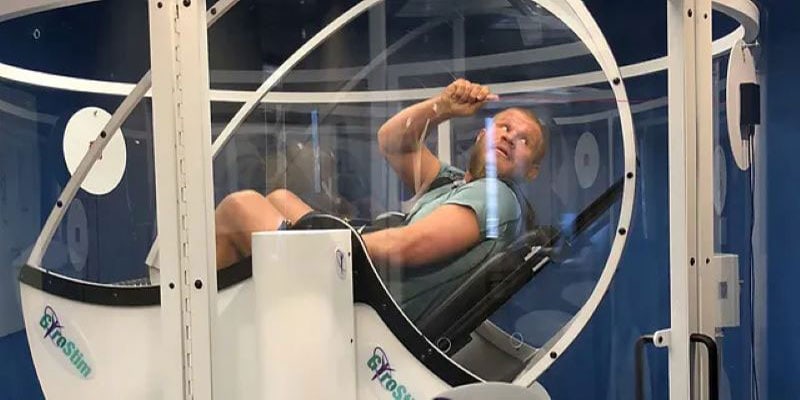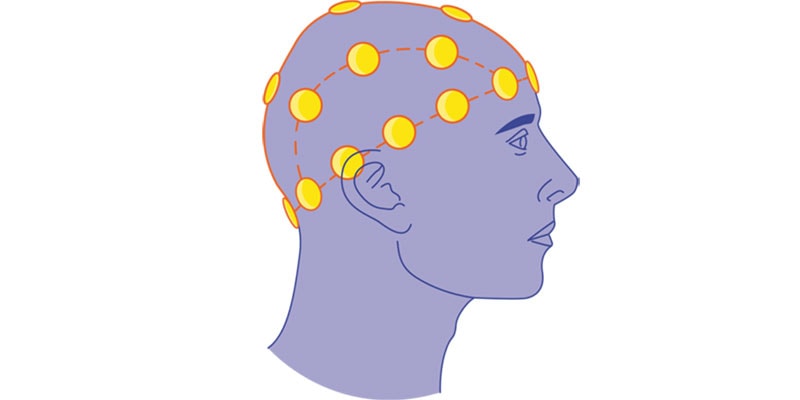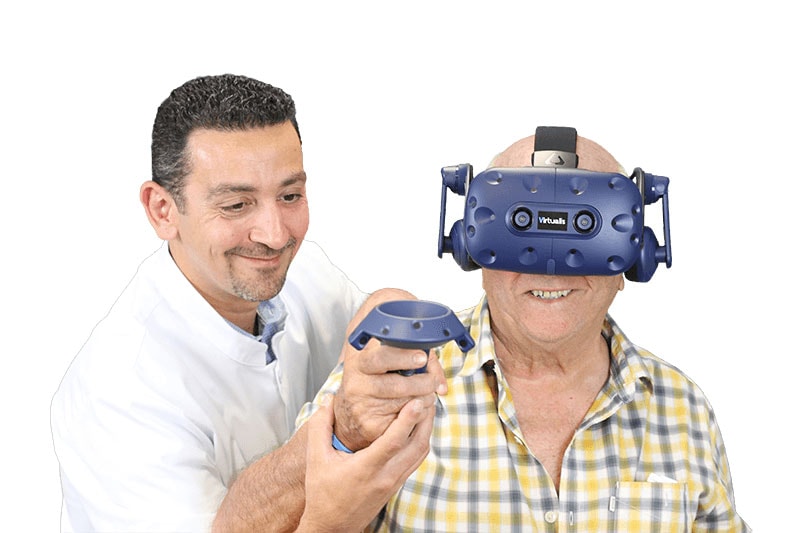Have you ever marveled at how effortlessly you can walk, run, or even type on a keyboard without constantly staring at your feet or fingers? Well, you can thank your amazing proprioceptive system for that! Even though it might sound like a tongue-twisting term, the proprioceptive system is an essential player in the orchestra of our body, allowing us to move smoothly and with coordination.
What is the Proprioceptive System?
Imagine you’re driving a car. You don’t need to look down at your feet to know how much pressure you’re applying to the gas pedal, right? That’s because your proprioceptive system is at work. This system is like your body’s internal GPS, helping you navigate the physical world without you even realizing it.
In simple terms, proprioception is your body’s ability to sense where it is in space and how it’s moving. It’s like having an internal map that guides your movements, ensuring your body parts work together harmoniously. This incredible system involves a dance between your muscles, joints, and brain.
How Does Proprioception Work?
Let’s break it down even further. Imagine you’re lifting a glass of water to take a sip. Without proprioception, you might struggle to control the force needed to lift the glass. You might even end up lifting it too high or too low. But thanks to your proprioceptive system, your brain receives signals from your muscles and joints, informing it about the glass’s weight and the angle of your wrist. This information is processed lightning-fast, allowing your brain to send signals back to your muscles, directing them to adjust the grip and motion accordingly.
So, how does this remarkable system work?
It’s all about specialized sensors called proprioceptors that are spread throughout your body, particularly in your muscles, tendons, and joints. These sensors detect stretch, tension, and pressure, and send continuous updates to your brain about the position and movement of your body parts.
Think of proprioceptors as tiny messengers. They’re like the strings on a puppet, relaying important information to the puppeteer (your brain) about how the puppet’s limbs are positioned. Based on these messages, your brain orchestrates the complex symphony of movement.
Interestingly, the proprioceptive system isn’t something we consciously control or think about. It’s always working behind the scenes, allowing us to engage in activities that involve fine motor skills, balance, and coordination. From playing a musical instrument to tying shoelaces, and from threading a needle to doing a cartwheel, your proprioceptive system is your trusty companion.
However, just like any superhero, your proprioceptive system can face challenges. Injuries, such as sprains or strains, can disrupt the signals sent by proprioceptors, making movements feel awkward or uncoordinated. This is why rehabilitation exercises often focus on improving proprioception.
In conclusion, the proprioceptive system is like a silent hero in our bodies, ensuring we move gracefully through life’s motions. It’s the reason you can dance, hug, and high-five without giving it a second thought. So, the next time you effortlessly catch a ball or walk down the stairs without stumbling, take a moment to appreciate your hidden superpower – the remarkable proprioceptive system that’s been with you every step of the way!



